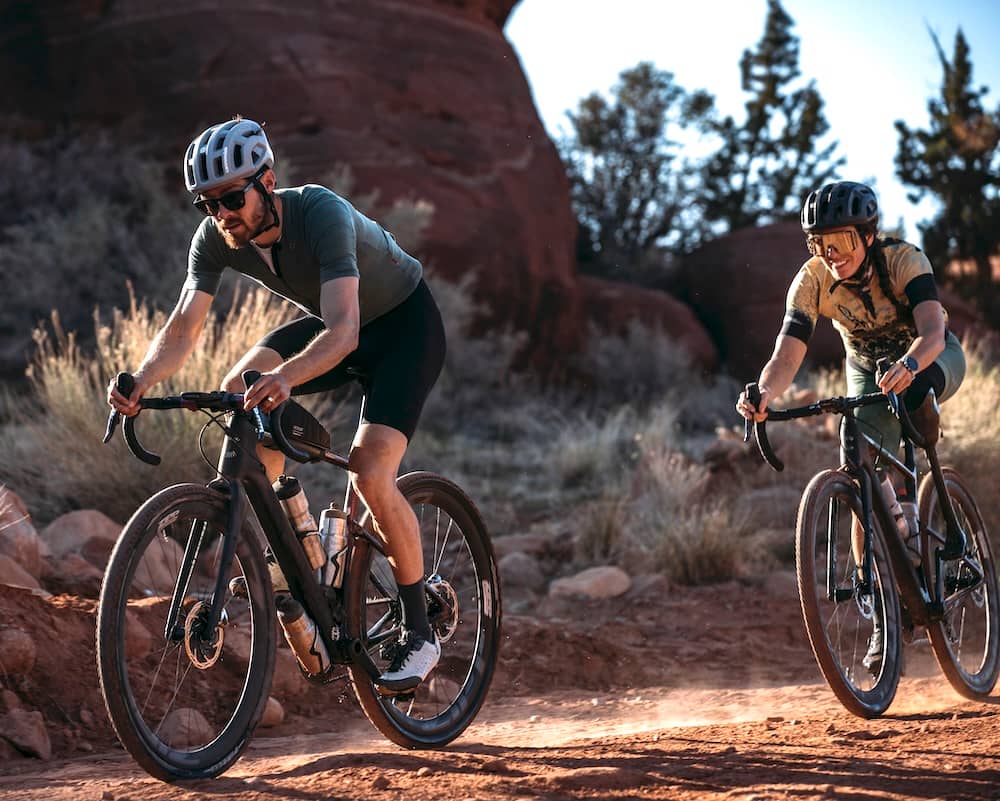
What is a gravel bike? And what can it do? Find out everything you need to know about the differences, areas of use and more in this article – plus tips for leasing your gravel bike.
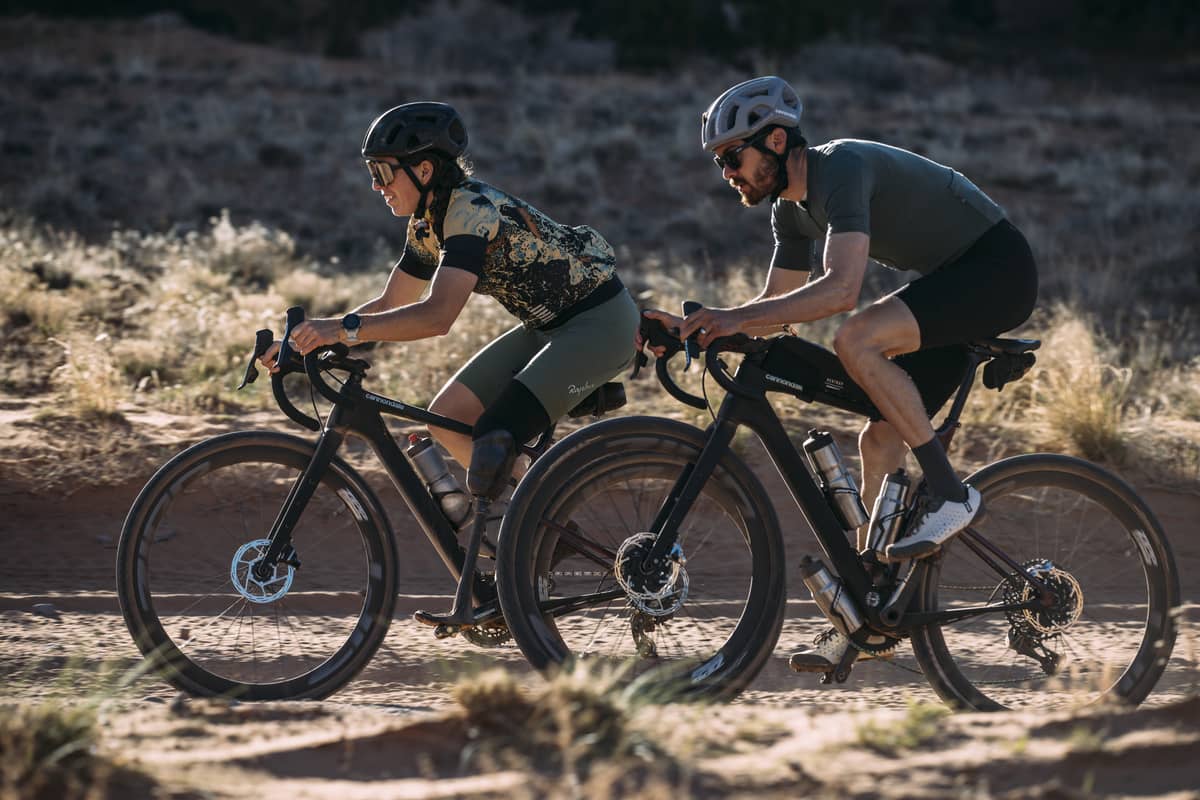
Asphalt, gravel, forest trails – if you don't want to commit to one type of terrain, a gravel bike is the way to go. This versatile all-rounder combines the speed of a road bike with the robustness of a mountain bike, making it very much on trend. More and more people are looking for a bike that can handle their daily commute to work as well as weekend adventures off-road. Even ambitious road cyclists are increasingly riding on gravel so they can train undisturbed, away from traffic.
But what exactly is a gravel bike? How does it differ from a road bike? And how can you use it without breaking the bank? This article provides answers – and also shows you how attractive gravel bike leasing can be.
But let's start at the beginning: as mentioned above, a gravel bike is a cross between a road bike and a mountain bike. Originally from the USA, it was developed for long rides on unpaved roads – known as ‘gravel roads’. Today, the concept has also established itself in Europe: as a sporty but comfortable bike for a wide variety of surfaces.
Typical features of a gravel bike are the slightly elongated, road bike-like frame, wide tread tyres, a comfortable but still road bike-like seating position and robust equipment that can handle gravel, forest paths or cobblestones.
The key feature: unlike a road bike, a gravel bike is not primarily designed for speed. Instead, it is all about versatility and control. Compared to a road bike, a gravel bike is lighter than a trekking bike, more agile than a mountain bike – and significantly more suitable for off-road use than a classic road bike. This makes it the perfect choice for many cyclists who are looking for a sporty bike that is also suitable for everyday use.
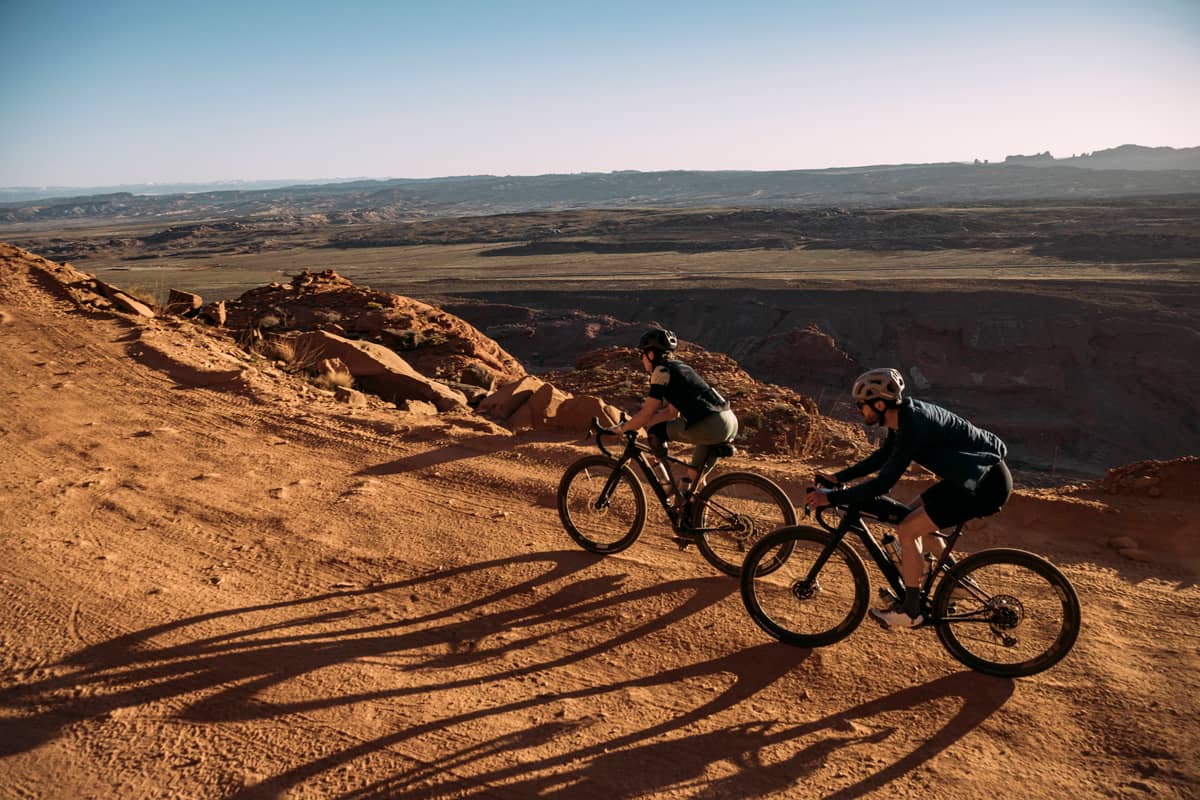
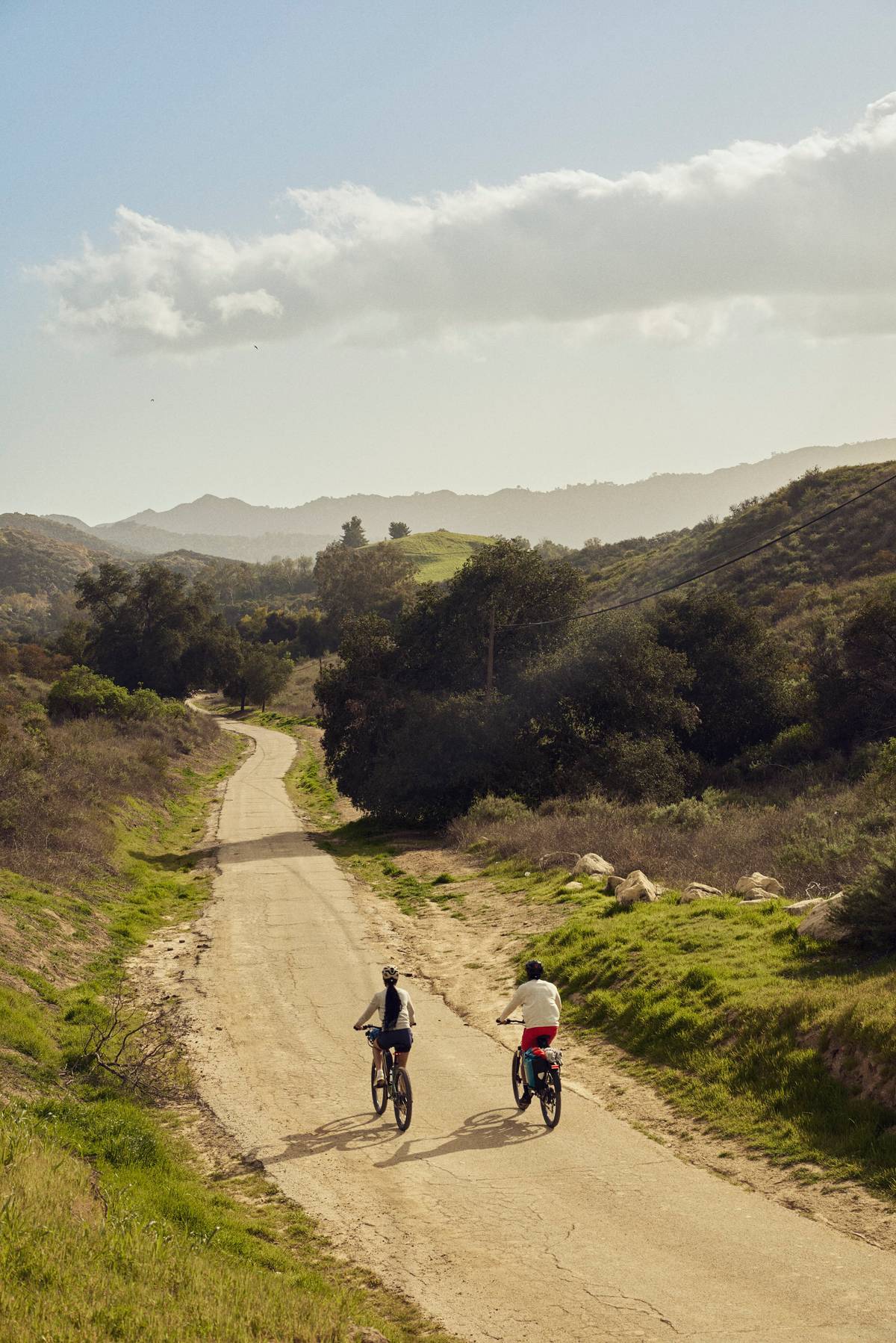
All gravel bike types are also available as electric versions. The e-gravel bike combines the versatility of a classic gravel bike with the support of an electric motor, making it ideal for longer tours, challenging routes or altitude differences. Thanks to the integrated drive system, even steep climbs can be mastered effortlessly, significantly extending your range. The sporty geometry remains unchanged, with the additional weight compensated for by the motor assistance. The ideal solution for anyone who wants extra power on the road.
A gravel bike offers many possibilities – but which model is the right one? To help you make the best choice, we have put together seven tips below to help everyone find their perfect gravel bike.
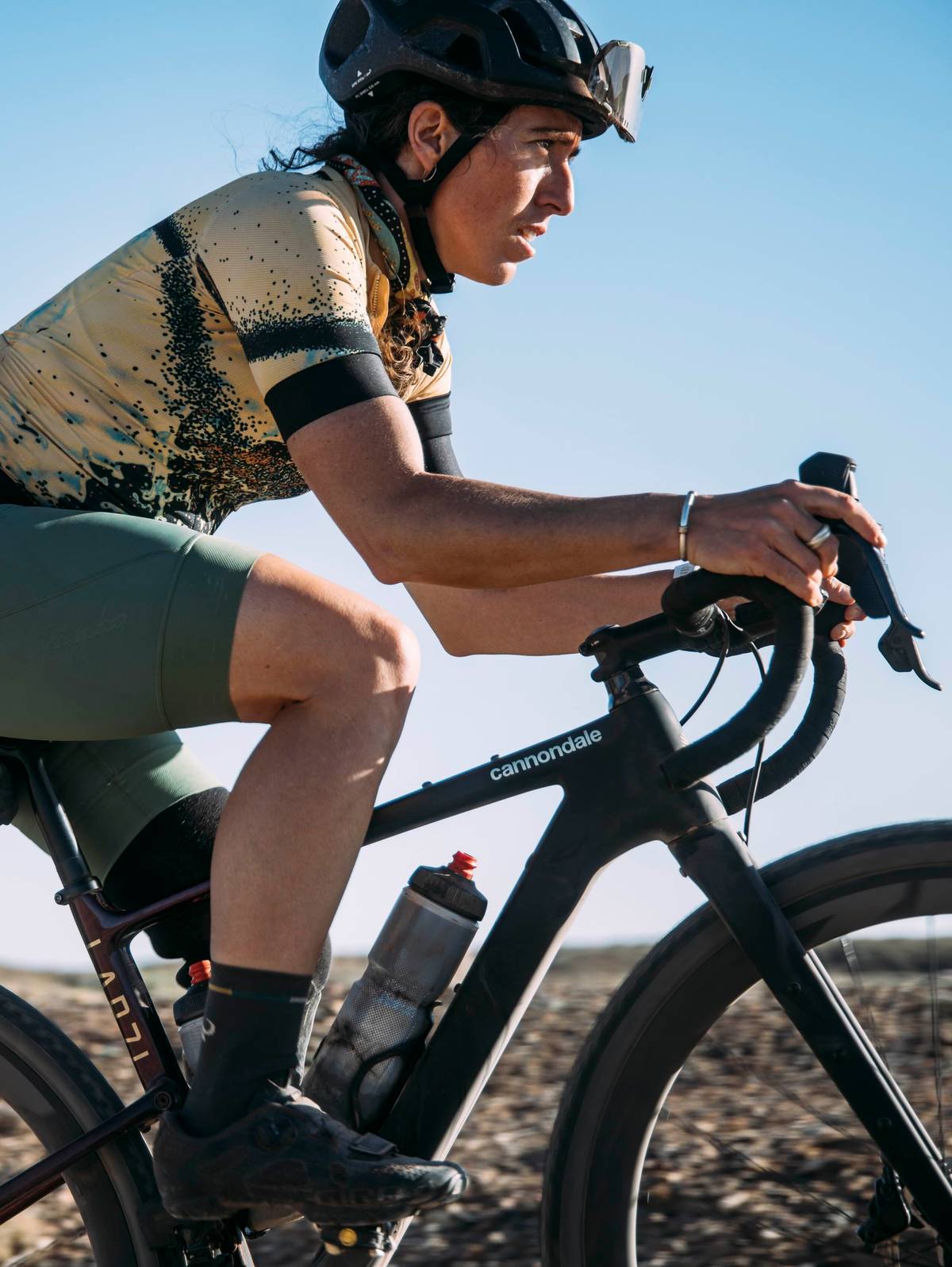
Then it's time for the gravel bike
Our overview shows that gravel bikes combine speed, off-road capability and everyday practicality like no other bike. They are the answer to the desire for more freedom on two wheels – whether for commuting to work, a gravel ride after work or multi-day tours through the countryside. The great thing is that with different model variants – from sporty race gravel bikes to e-gravel bikes – everyone can find the right bike for their individual needs.
The whole thing is made even more attractive by bike leasing through Lease a Bike: you get access to high-quality brand-name bikes, benefit from tax savings and ride away worry-free with integrated all-round protection – without a high initial investment. So if you want to be flexible, sustainable and smart on the road, you should take a closer look at the leasing model. So why wait? Your next adventure begins on two wheels – maybe as early as tomorrow.